Underground Railroad becomes reality in Lewis, Iowa
When you think of the Underground Railroad during the days of slavery in the United States, do you realize there were stops in our area?
There are three known “stations” along the railroad in Nebraska and Iowa – John Brown’s Cave in Nebraska City, Tabor House in Tabor, Iowa, and the Hitchcock House in Lewis, Iowa.
Our goal is to visit all three locations. The first stop we’ve made was the Hitchcock House.
The house, once owned by the Rev. George B. Hitchcock, is located on the outskirts of Lewis, a town with a population of about 400.
The reverend was part of the Underground Railroad movement to help slaves escape the southern plantations and find freedom in the northern United States, Canada and Mexico. He helped about 200 escaped slaves find their way to freedom.
The freed slaves movement was referred to as a railroad, because much of the language revolved around railroads. The actual Underground Railroad was not underground nor a railroad. Underground referred to the “secret” support and actions of supporters.
Rev. Hitchcock and his family housed escaped slaves starting during the 1850s. They risked violating federal law in helping people. US Marshals and bounty hunters would look for escaped slaves, so the Hitchcocks had to be careful.
It took the reverend about three years to build the house. It was made from limestone. The main living area was used by the family. They hosted church services in the living room.
The dining room had a portrait of Abraham Lincoln in it. Our tour guide said it was common for safe houses to have the President’s portrait.
The upstairs bedrooms were primarily for the family. However, some escaped slaves would sleep in them.
One room had a quilt that supposedly represented the Underground Railroad map of safe houses. The map would show the northern star at the top. The drawings on the quilt represented methods of transportation, rivers and highways to use, and stations to stay at. I read afterward that this may not be accurate. It may have grown as folklore, based on a book about the Underground Railroad.
If it wasn’t safe for guides and slaves to come to the house, a lit candle would sit in an upstairs bedroom window. One possible reason for this would be guests who did not support freedom for slaves. They may have turned the Hitchcocks in to legal authorities.
Once escaped people made the trip to the house from the Nishnabotna River, they were welcomed with open arms. They stayed in a hidden room in the basement. The room had a false wall, covered by a cabinet.
Standing in that room gave me pause for thought: I find it hard to realize that we as a society once thought it was OK to think one group of people could “own” other people. Secondly, I was amazed to think that 200 escaped slaves stayed in the room I was standing in. We’ve all studied slavery, the railroad and Civil War and then the Civil Rights movement, but to actually stand in a spot where that history was made…was mind boggling.
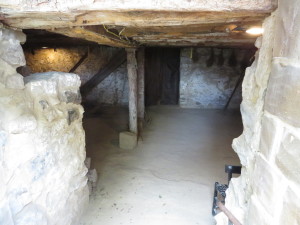
The property has a trail that will take you to the river. However, the day we visited, the weather was less than inviting so we skipped that part of the tour.
I recommend a visit to the Hitchcock House. The drive is a little more than an hour east of Omaha. The look into American history is worth the trip.
For more information on the Hitchcock House, please see:
www.hitchcockhouse.org/
www.nps.gov/nr/travel/underground/ia2.htm





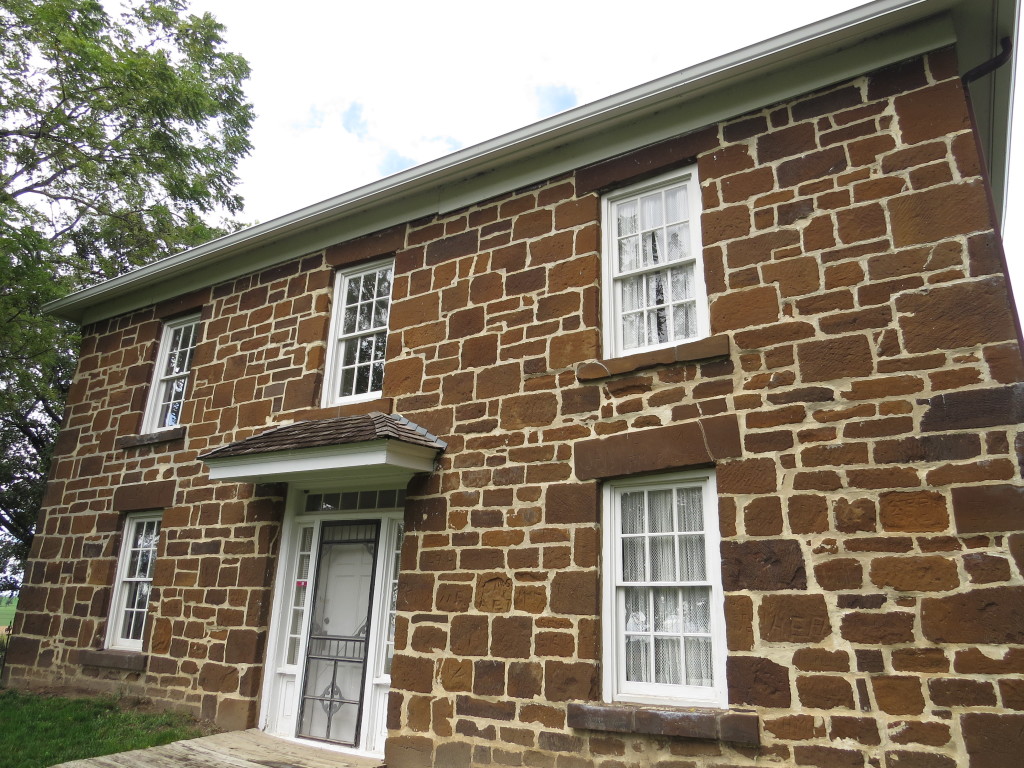
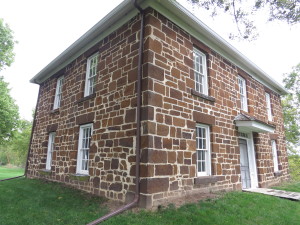

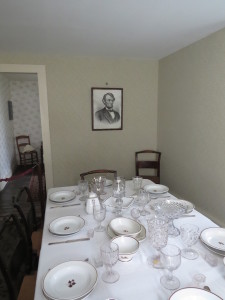


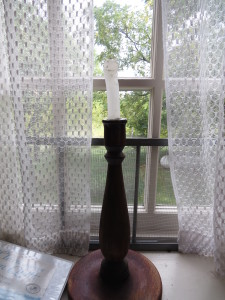
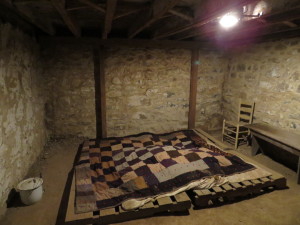

June 26, 2022 @ 12:08 am
This is fascinating…thanks so much for sharing this info on Iowa’s Underground railroad.
I’m from Ames, but live in Redondo Beach, CA.
Looking forward to visiting this site on one of my trips back to Iowa.
July 31, 2022 @ 12:23 pm
We’re there any people in and around the Hitchcock’s arrested after the Fugitive Slave Act?
If yes how might we find those arrested and the punishment of the offenders?